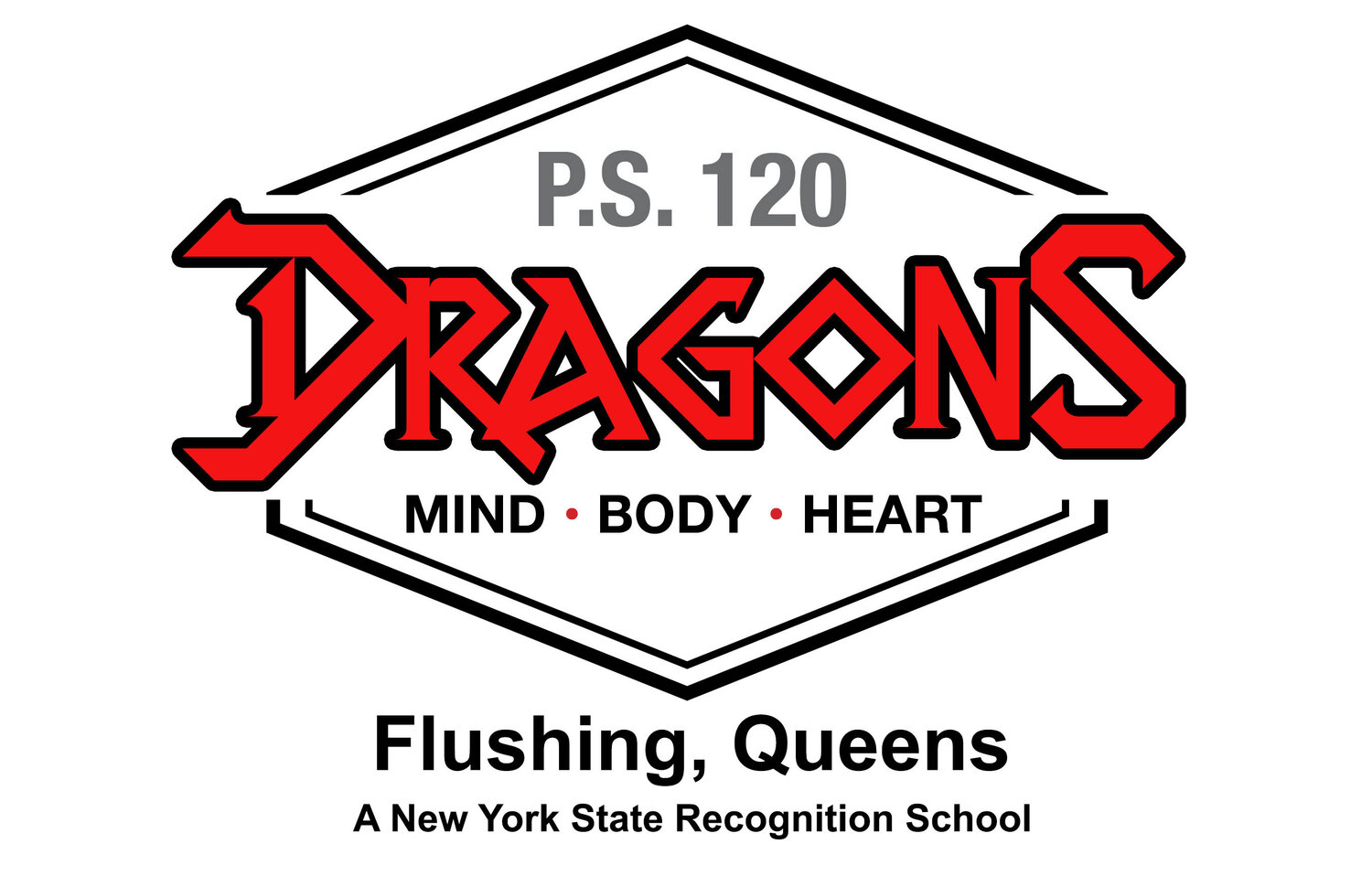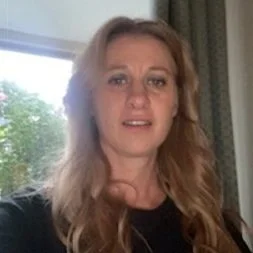Our Definition of S.T.E.A.M. Education
S: Physical and Social SCIENCES
T: Incorporation of TECHNOLOGY
E: Principles of ENGINEERING and Design
A: the ARTS
M: Application of MATHEMATICS
STEAM Specialists
Grades 2-3, Ms. Clarke
I teach science to our kindergarten and first grade students. I attended many universities, earning teaching certifications in Early Childhood & Elementary Education, TESOL, General Science, Chemistry, Instructional Technology and School Building Leader. I am a Math for America Master Teacher, this is an organization of STEM teachers dedicated and committed to continued professional enrichment, learning, and reflection. These experiences, as well as learning from my P.S. 120 students and colleagues every day, motivate and inspire me to help our children progress. I feel incredibly grateful for the opportunity to work with our young learners and support them as they develop and strengthen their skills and knowledge. When I am not teaching, I enjoy spending time with my family & friends, reading, listening to music, playing basketball, shooting pool, and staying active.
Grade 4-5, Ms. Nossa
I am a New York City native who loves to hike, kayak and spend time with my children. I received my Bachelor's Degree in Psychology from Binghamton University and my Master's Degree in Teaching from Queens College. I began teaching in 2005, and have been teaching at PS 120 since 2017.
dnossa@schools.nyc.gov
Grades K-1, Mr. Ottomanelli
Hello PS120Q community. I have always had a connection to PS120Q. I was raised in Flushing. There I attended PS163 Q which is only about a mile away from PS120. I graduated from Queens college with a master's degree. I have spent over 24 years at PS120 in many different roles. My first assignment was a technology teacher for 16 years, then I was a first-grade teacher for 3 years, Then a fourth grade ELA teacher for one year & this year I am the lower grade science teacher. The students at PS120q have always been amazing. I love when I bump into a student I had over 20 years & they tell me funny stories about times we shared while at PS120Q, these stories never cease to amaze me, & always put a smile on our faces. The PS120Q community is & always be near & dear to my heart.
jottoma@schools.nyc.gov
STEAMing Ahead at P.S. 120
Using Three-Dimensional Learning Across Disciplines
In an effort to work towards being Fully Integrated within the Department of Education’s STEM Framework we at PS 120 are building capacity using various strategies. With four dedicated STEAM teachers teaching across all grades and a plan to roll-out new curriculum and staff professional learning, we are making progress towards that goal.
Three-Dimensional Learning: Three-Dimensional Learning shifts the focus of the science classroom to environments where students use disciplinary core ideas, cross-cutting concepts with scientific practices to explore, examine, and explain how and why phenomena occur and to design solutions to problems.
Scientific Processes: Students investigate and build models and theories about the natural world and the key set of engineering practices that engineers use as they design and build models and systems.
Cross-cutting Concepts: Students engage in cross-cutting concepts that have application across all domains of science. As such, they are a way of linking the different domains of science. They include: Patterns: similarity and diversity; Cause and Effect; Scale, Proportion and Quantity; Systems and System Models; Energy and Matter; Structure and Function; Stability and Change.
Disciplinary Core Ideas: At PS 120 we link work across multiple sciences or engineering disciplines to be a key organizing concept of a single discipline. This provides a key tool for understanding or investigating more complex ideas and solving problems.
Disciplinary ideas are grouped in four domains: the physical sciences; the life sciences; the earth and space sciences; and engineering, technology and applications of science.
Vertical Alignment: Four STEAM specialists teach grades K-1, 2-3, 4 and 5 respectively. This team regularly meets to create a curriculum that is rigorous, hands-on and aligns to build as students progress through various concepts and skills.
Common Language: Teachers use common STEAM language which expands and goes deeper as students go through the years at our school. This guarantees every child has a large depth of knowledge as they build on their understanding of key science terms and concepts.
Productive Struggle: Students are immersed in an environment that encourages a growth mindset through productive struggle. Students learn that struggling is part of engaging in STEAM and encourages creativity, builds authentic engagement and perseverance. For teachers it creates opportunity for assessment, intervention, and feedback.
Parent Involvement: Bring your Dad to School Day STEAM activities allowed parents and students to “do” STEAM and enjoy a valuable bonding experience. Additionally, STEAM Fun Night invites students and families to come to the school and do multiple STEAM based project together.
Training: Staff members attend many professional learning opportunities outside of the school. Members of our team have attended professional development on topics such as: coding in the classroom, integrating three-dimensional learning into the STEAM classroom, using innovative assessment techniques, unpacking the new science scope & sequence, robotics, as well visiting and working with other schools to exchange ideas and best practices.
Building Capacity: The STEAM team and school administrators regularly meet to check where we are on the STEM Framework and what are the next steps to get there. We have a teacher who is part of the NYC Elementary Science Leadership Team and helped choose the new curriculum and write the new Scope and Sequence. This work is turn-keyed to the staff to make sure we are at the forefront of STEAM education in our school.






